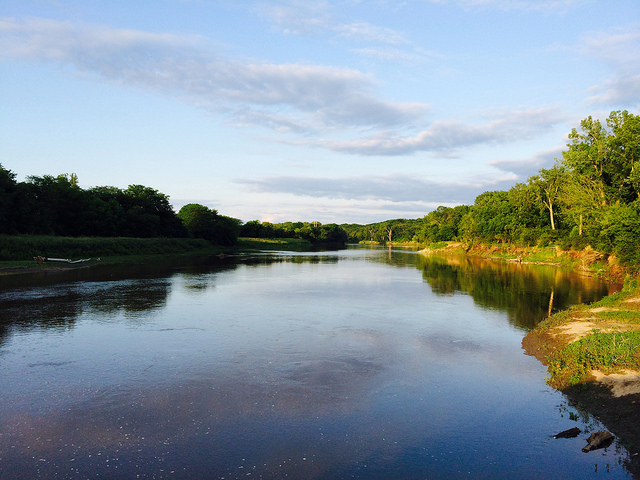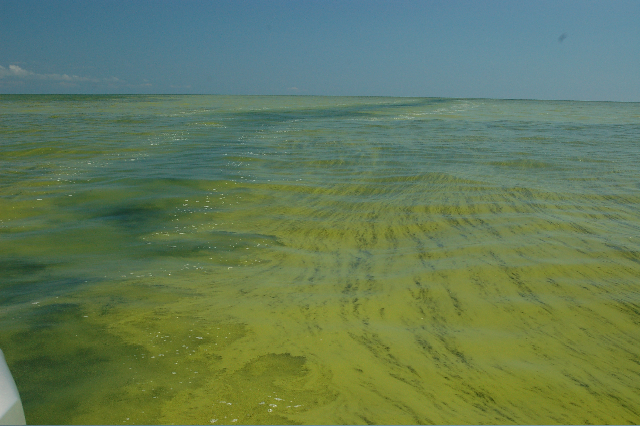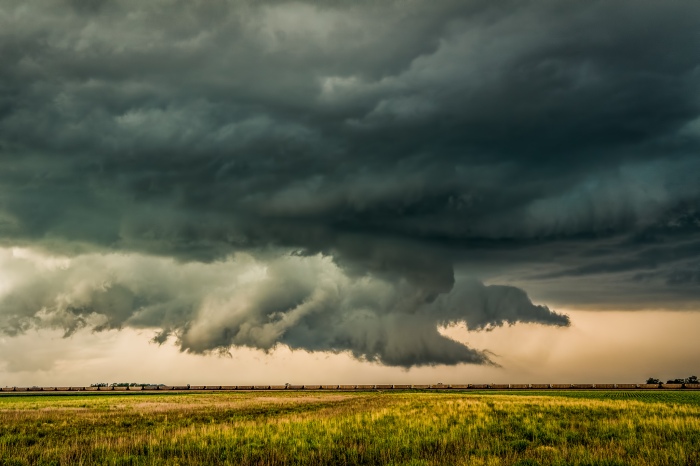
Nick Fetty | May 29, 2015
Iowa farm groups have expressed concerns over new clean water rules unveiled Wednesday by the U.S Environmental Protection Agency.
Leaders of several Iowa farm groups have expressed concerns over the new rules – outlined in a nearly 300-page document – citing that would “infringe on their land rights and saddle them with higher costs.” Iowa Farm Bureau president Craig Hill said the new rules fail to address concerns farmers expressed when the first draft of the new Clean Water Act regulations was released last.
“The permitting process is very cumbersome, awkward and expensive,” Hill said in an interview with Radio Iowa. “And, according to what we read in this new rule, farmers will be required to get permits for things they’ve never been required to get permits for before.”
At the national level, the Chamber of Commerce, the National Association of Manufacturers, American Farm Bureau Federation, Dairy Farmers of America, and roughly 225 other organizations have teamed up to oppose the new rule. Some congressional republicans as well as farm state democrats have also voiced concerns about the new rule, including Iowa senators Chuck Grassley and Joni Ernst.
Despite the criticism, the rule has been applauded by groups such as the Natural Resources Conservation Service, the Sierra Club, Environment America, and the Natural Resources Defense Council which called the rule “‘a significant fix’ for tens of millions of acres of wetlands and thousands of streams that contribute to the drinking water for 117 million Americans.”
The new rule is part of the 1972 Clean Water Act which gave the federal government authority to limit pollution in major major water bodies, such as the Mississippi River, as well as streams and rivers that drain into the larger water. The most revision to the rule applies to about 60 percent of the nation’s rivers, lakes, streams, and wetlands.

